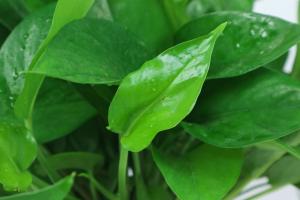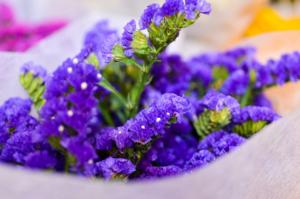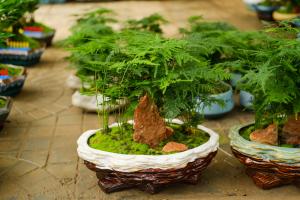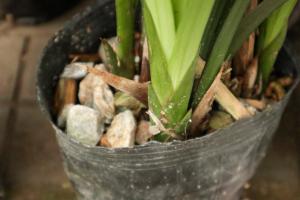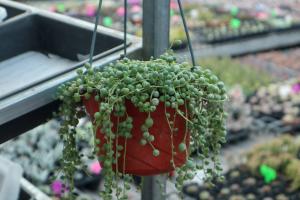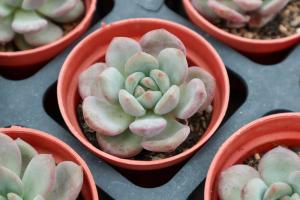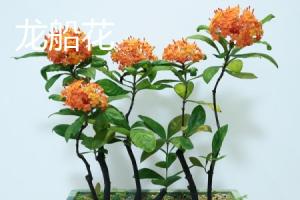1、 Curing method
1. Temperature: the cold resistance of autumn peony is very strong. Under normal circumstances, it can spend the winter outdoors, including the winter in the north, but its high temperature resistance is not strong. If the temperature in summer exceeds 30 degrees, it is easy to die, because it needs to be cooled down or moved to a cool place in summer
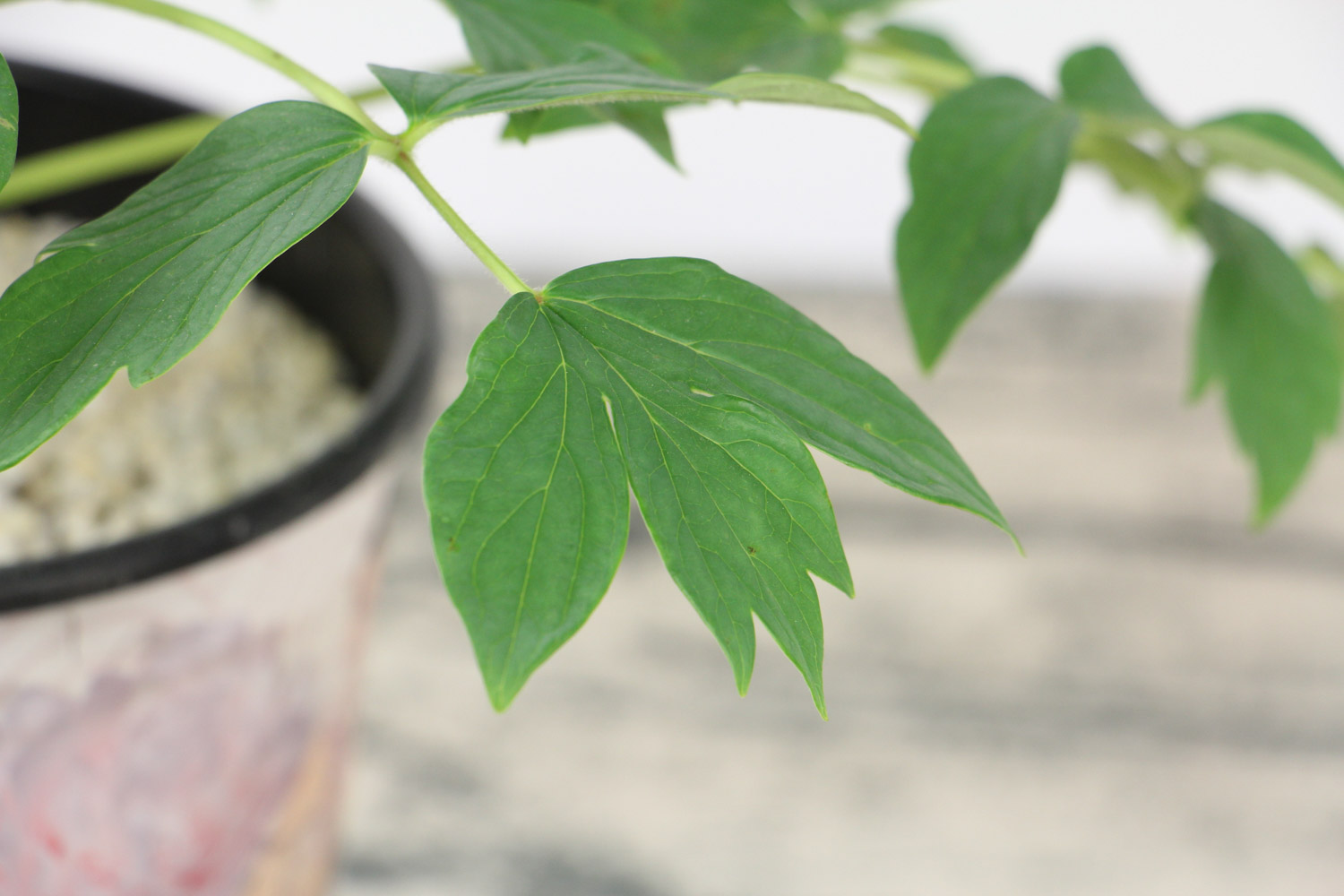
2. Watering: it must meet the conditions that it likes to be wet. When it is just planted, it needs water most. Therefore, watering must be diligent. However, it can be watered slightly during the growth period. Watering once every two days can meet it. Stop watering in winter or once a month

3. Light: Autumn peony is a light loving plant. If the light is sufficient, the flowers will bloom more brightly and the colors will be more charming. If the light is not enough, the number of flowers will be reduced

4. Fertilization: apply diluted nitrogen, phosphorus and potassium compound fertilizer every month during the growth period. When flower buds appear, stop applying nitrogen fertilizer and only apply phosphorus and potassium fertilizer. After winter, because the plant has entered a dormant state, it is necessary to stop fertilization and maintain it normally in the coming year
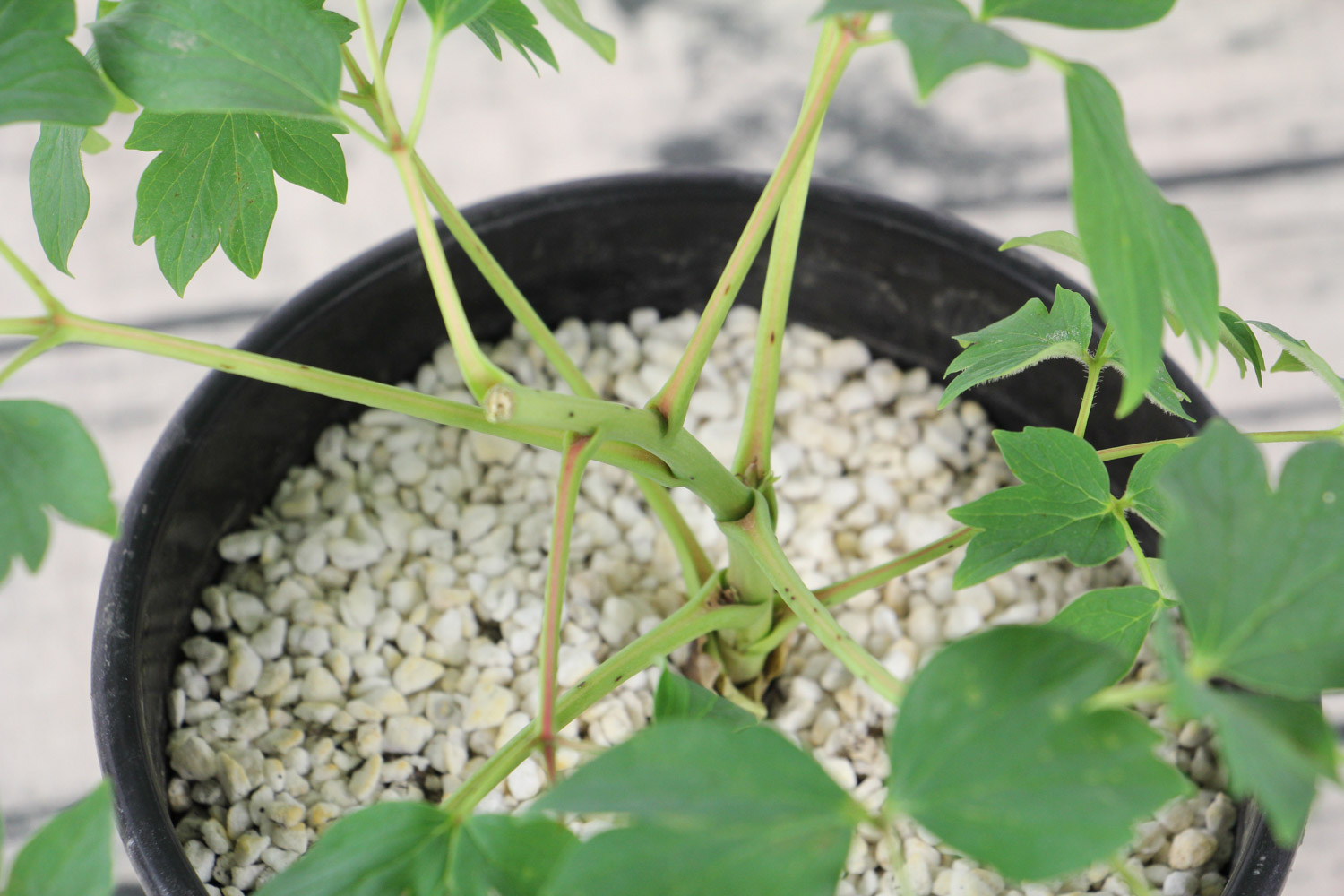
2、 Breeding skills
1. Propagation: ramet is the main propagation method. The ramet needs to select the mother plant without disease, and then pick the small plants around it. After the wound is completely cured, it can be replanted. After planting, pay attention to watering and temperature, and it can take root and sprout quickly
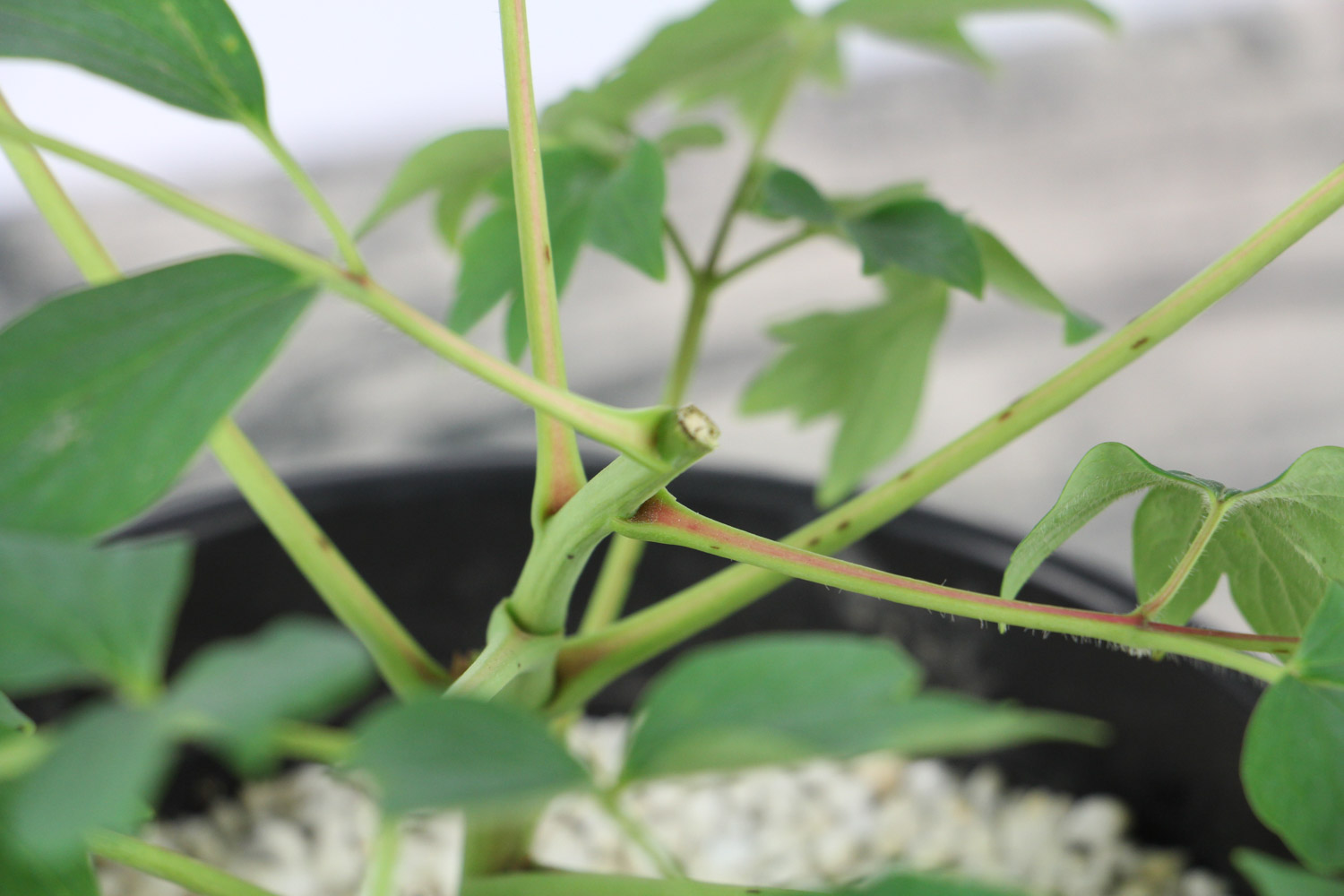
2. Pruning: in winter, the whole plant has been aged and dried up, so it needs to be cut off in order to ensure the growth and germination of the next year

3、 Diagnosis and treatment problems
1. Disease: rust will occur and can be controlled by spraying diluted wettable powder

2. Insect pests: aphids will occur, bite branches, leaves and flower buds, seriously vilify the appearance, and can be sprayed with trichlorfon solution

4、 Other issues
1. Toxicity: there is no poison. It also has medicinal value and can be safely cultured

2. Whether it can be raised at home: Yes, it has high ornamental value and can cultivate self-cultivation and heart


 jackfruit
jackfruit snake plant
snake plant hibiscus
hibiscus hydrangea
hydrangea lavender
lavender Green roses climb al...
Green roses climb al... If you don't pay att...
If you don't pay att... Management of four g...
Management of four g...